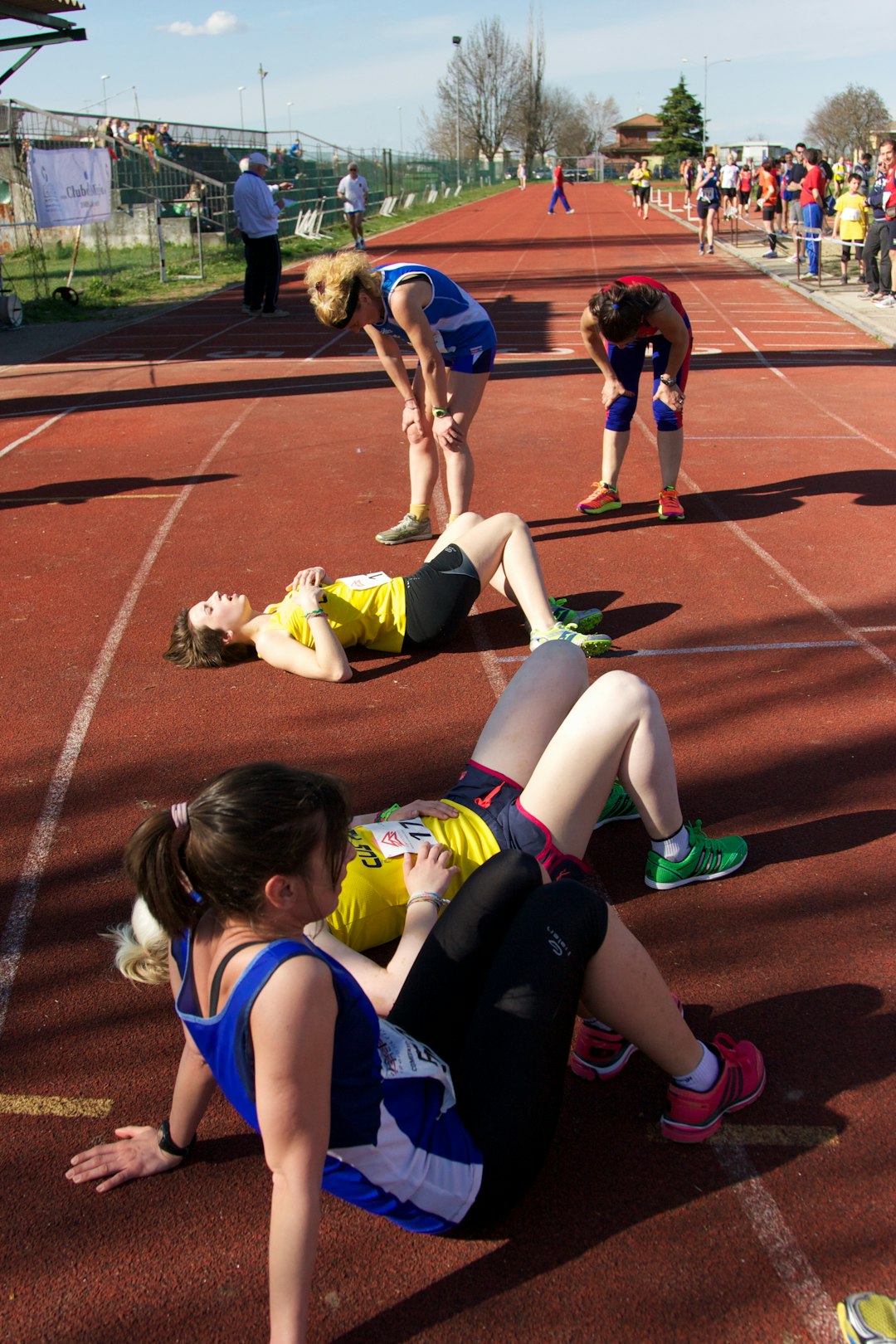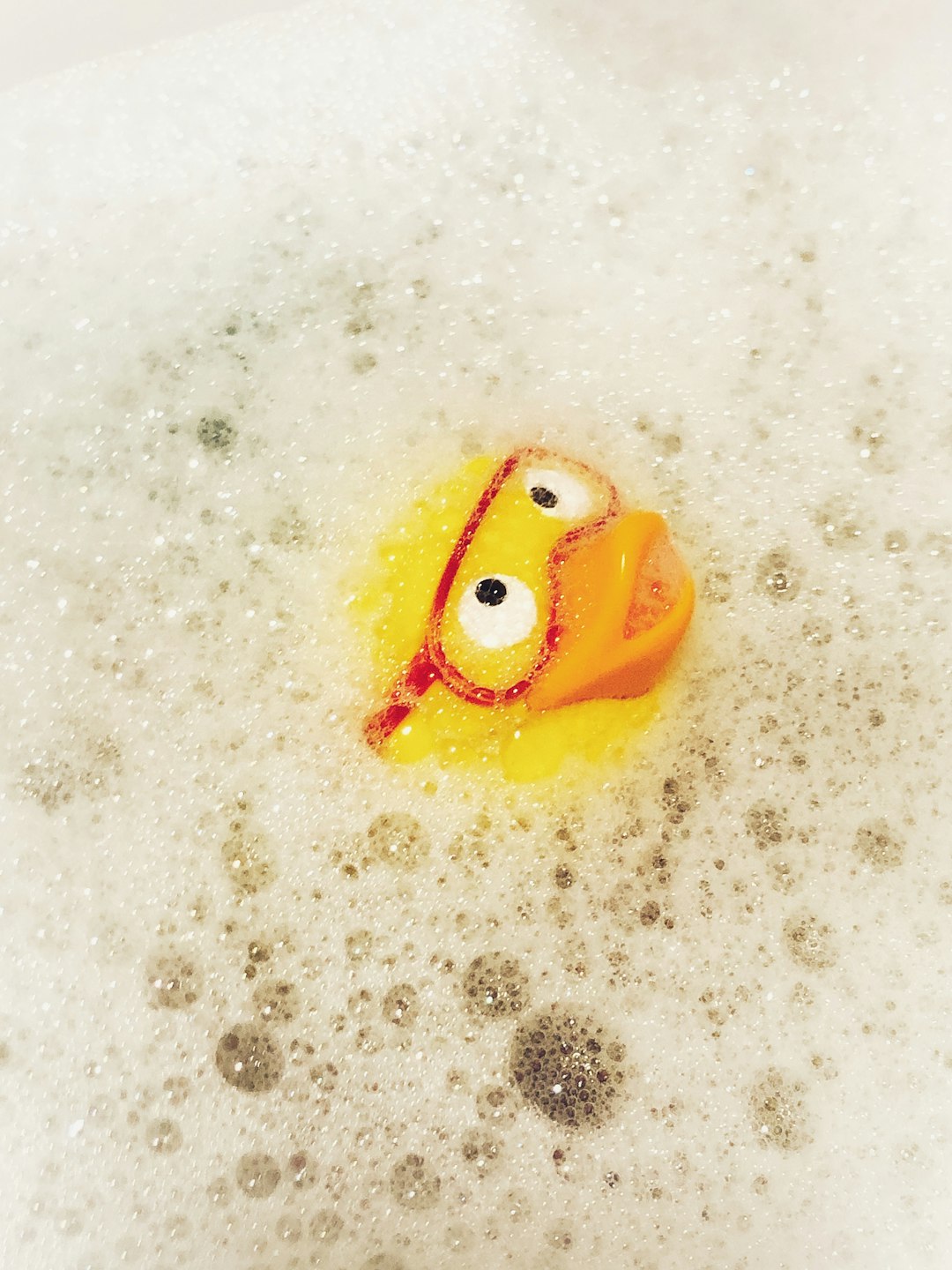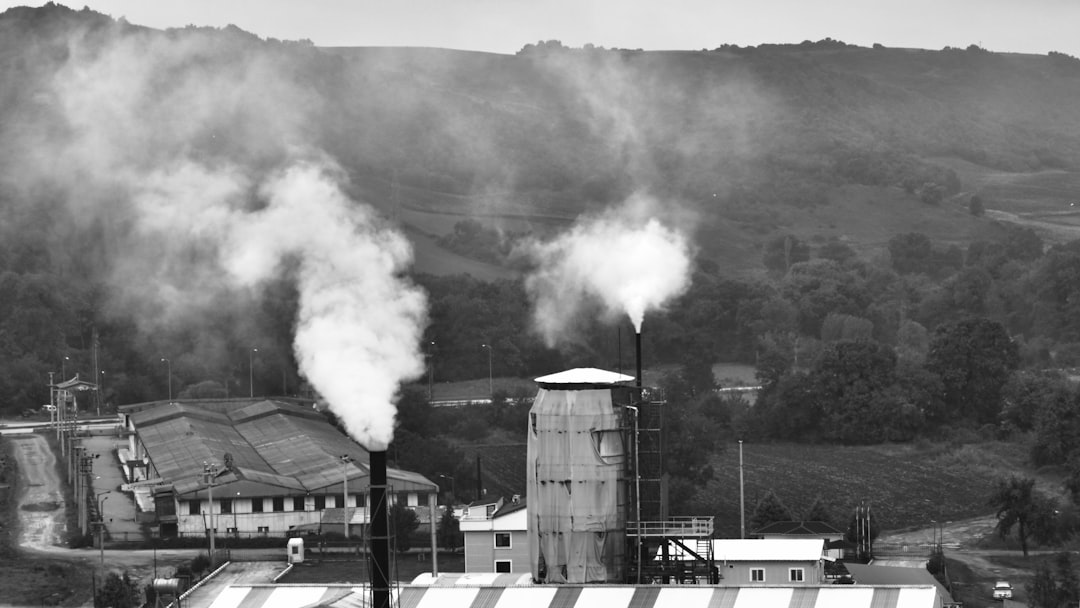You are 20 minutes into the workout. Your legs are burning, your heart is pounding. There’s still 10 minutes to go, and you are tired. And then you get your second wind. You crank out 20 burpees, go on a run, come back and do 20 pushups, flip a tyre 20 times, and keep going. Finally, the whistle is blown and the 30 minutes are done. You lie down in a pool of your own sweat, Fist bumps and high-fives all around.
You know you did a good job coz oh my, everything’s burning. It feels awful, and glorious at the same time.

I've been there many a time. I'd feel that was the best feeling ever because I felt the burn, and I pushed through the burn and the tiredness and the exhaustion, and came out (on top) on the other side. My problem was I did only those.
You know when you shampoo your hair, there’s bubbles. Or when you see the washing machine do its thing, there’s a lot of soap suds. That’s how you know it is working. If there are no bubbles when you lather your hair, hmm, is something wrong with the shampoo? Has it expired?!
The bubbles were put into our shampoos and washing to give us feedback that the shampoo is working. They are not required for the actual mechanism of the soap.

A skinny intro to energy systems
The burn is not the only or best indicator as a measure of work done. Like the bubbles in our shampoo, the amount of burn equals the amount of work done is our line of thinking. Unfortunately, while it does signal that work was done, things are bit more complicated than that.
Whenever we do anything - lift weights, do endurance work or speed work or mobility work - we are looking for physiological adaptations and improvements in our health and fitness. This is gonna mean that we burn fat, or put on muscle, or improve our cardiovascular conditioning, or our joint mobility etc. What we do starts a cascade of processes that requires takes a while too.
The burn means we are doing a lot of lactic/glycolytic work. Without getting too much into energy systems, here's the barest minimum. There’s 3 of them, and depending on the type of activity we are doing, one of the 3 does most of the work and the other two work in a supplemental capacity.
- when we sprint 100m, we use our alactic system primarily. It is anaerobic i.e. it does not require oxygen. Anything around the 1-10s mark will fall here. When we sprint, more than 90% of the required energy comes from the Alactic system, with the other 2 contributing 10%.
- when we try to sprint 800m, we use our lactic system. It is anaerobic, and lasts 30 seconds to 3 minutes.
- when we run a 5k, we use our aerobic system primarily.
How our body produces energy is important - it knows to burn sugar easily. But fat, not so much. This is why after a burst of fat loss, things plateau.
All my workouts were the same thing. While I was certainly improving and went from a set of 10 wall balls (a thruster, but you throw the ball, catch it and sink down and chain and go again) to being able to do 5 sets of 30 wall balls as part of a workout was awesome. But I was working only one modality, in my conditioning and in terms of the overall picture of my training.
If my maximum squat got higher, the 30 squats with a falling 20lb ball will get lighter. If I learned to breathe better and my aerobic system was in better shape, I could recover between exercises faster, and use the run for active recovery instead of gassing me out.
Both help with fat loss too. By having a better aerobic system, you learn to burn fat better. By being stronger and building muscle, you burn more and your metabolic system improves.
Walking 60 minutes a day though does not give a burn. Doing a heavy set of squats requires patience because one has to get strong first, and that takes time.
The burn gives us immediate feedback. I get it. I think it is a great way to fall in love with fitness. And then do more of the other things for a few years, and then eventually balance them out.
Train the glycolytic system. Not the burn.
Now, there’s nothing wrong training the glycolytic system. Except we tend to over-use that system because it produces bubbles.
The burn is nothing but exhaust fumes - Pavel.
We produce a lot of waste products when we overuse the lactic system or the glycolytic system. A few years ago, it was lactic acid. Today, it is hydrogen ions. Tomorrow, it might be something else. As we learn more, our theories evolve. What matters is that this happens, and it produces a lot of waste products, and clearing these waste products requires a lot of work.

The glycolytic system uses the by-products of the alactic system and generates more energy. This can be efficient except when we overload it, we start producing more waste than the body can clear. This is the burn.
By not building up and balancing all energy systems, and by overloading one system which produces waste products, we harm ourselves in the long run.
Doing too much of the burn kinda workouts means soreness. It means feeling a bit more sluggish and winded. It means getting tighter. It means more gunk in the system. It essentially ages us. The more waste products (oxidants, for example), the more the body’s other systems have to do.
As I think about it, when I got tired, my technique would look crappy and deteriorate. My muscles are burning, my technique is poor and am slowly hurting myself. I am also creating more waste which I am misinterpreting as well done! from my body. I would push through it but even today I feel the effect of ignoring what proper shoulder position on dips and pushups is.
Balance
Think about balancing out your training. There's value in walking. There's value in lifting weights and/or building muscle. I am not telling you to stop all glycolytic work. The glycolytic system is important, essential, and it is working even when one of the other systems is on. But overloading that system, keeping our training primarily around only one method leads to issues.
If any of the following sounds familiar, the answer is more strength work and more walking, and more yoga and less burn.
- strength levels have plateaued
- feeling wiped after your workout, instead of feeling recharged
- constantly sore
- niggles and pain keeps bothering you
- running/cycling times have stayed about the same, or gotten slower
Well, it might be time for you to switch up your training, and get smarter. - fat loss is slow. or you are skinny-fat
You like burn? Light a match. - Dr Fred Hatfield
If you want to get stronger and see better results, train smarter.
